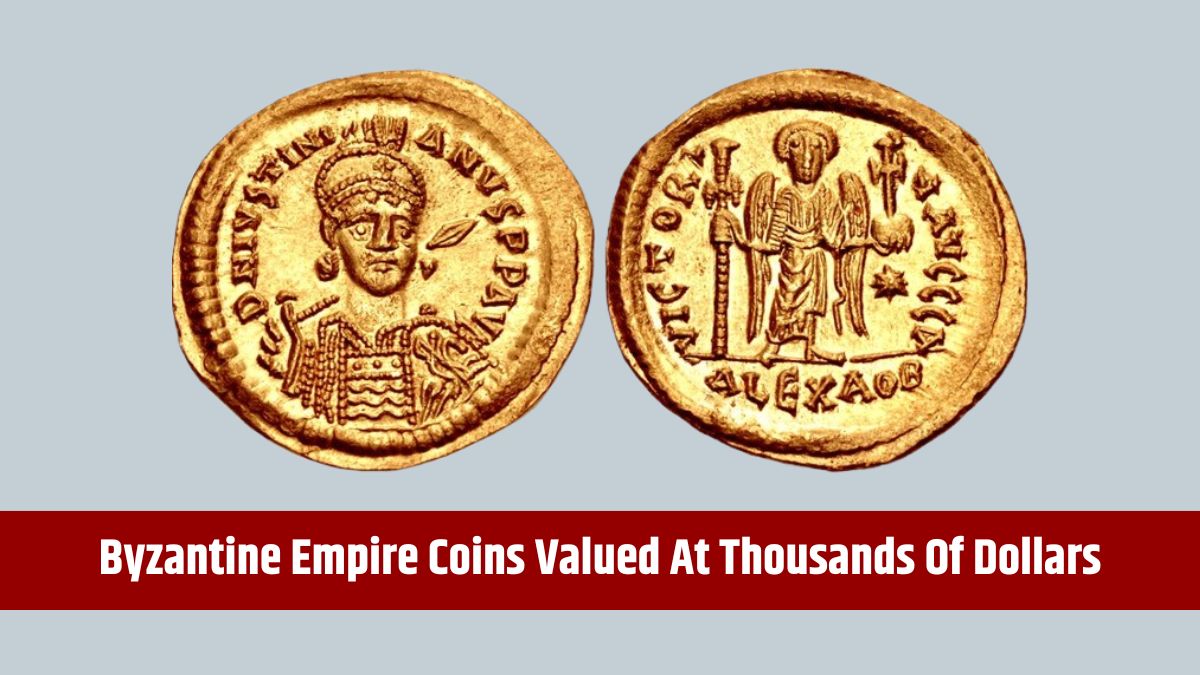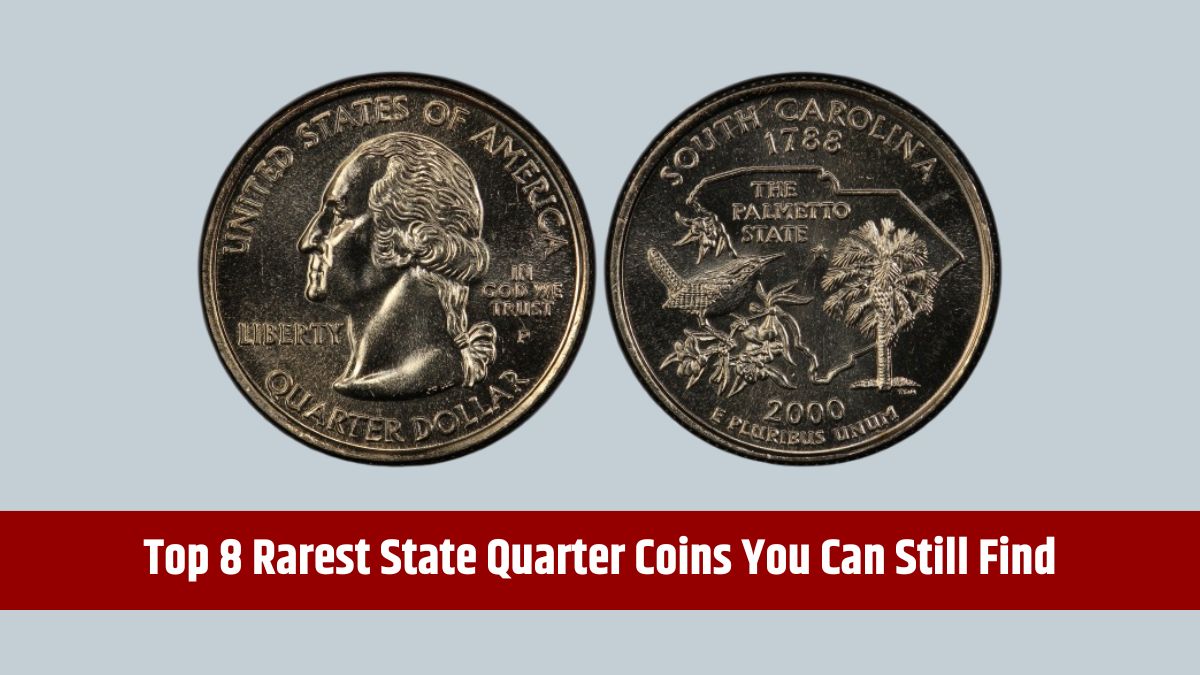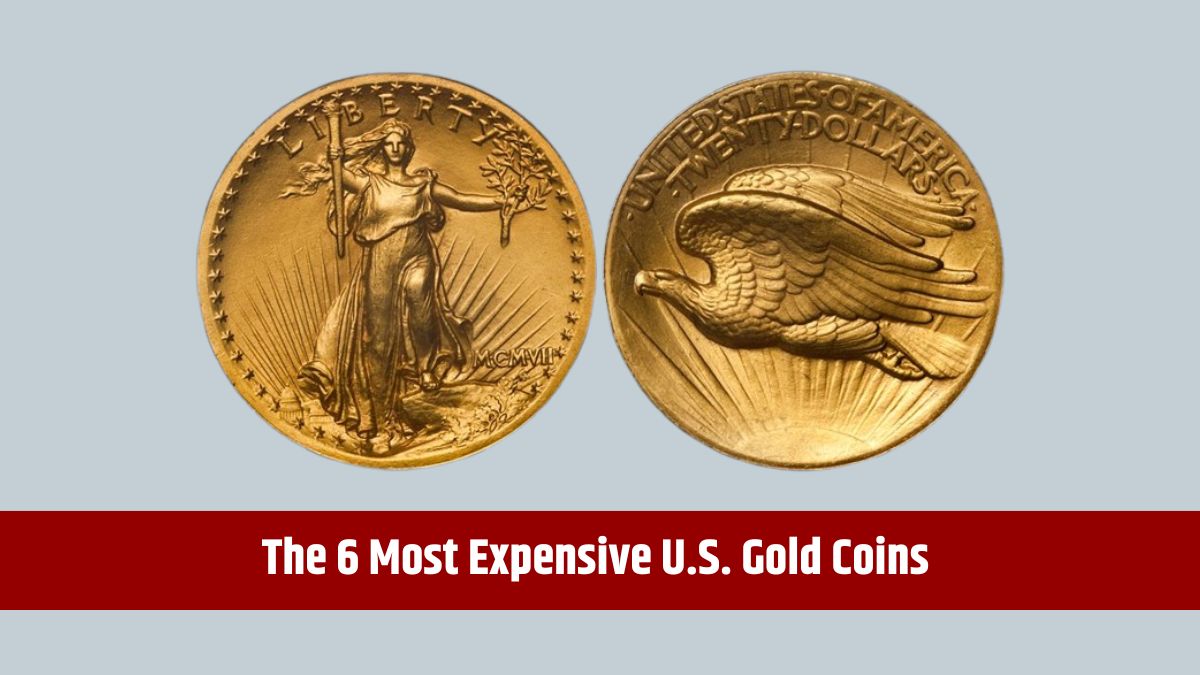The Byzantine Empire, with its thousand-year history, left behind a legacy of exquisite coinage. These coins not only served as currency but also as symbols of the empire’s artistic, religious, and political evolution. For collectors, Byzantine coins are fascinating relics of history, with certain rare examples commanding high prices at auctions. Let’s look into five of the most valuable Byzantine coins and what makes them so special.
Solidus of Justinian I (527–565 AD)
The Solidus was the cornerstone of Byzantine gold coinage. Under Emperor Justinian I, this coin featured his regal bust on the obverse and an angelic figure on the reverse, reflecting the empire’s Christian values and imperial grandeur.
Pristine examples of the Solidus from Justinian’s reign can sell for over $5,000. Factors such as condition, rarity, and provenance contribute to its value, making it a highly sought-after piece in numismatics.
Gold Tremissis of Heraclius (610–641 AD)
The Tremissis, a smaller gold coin, gained prominence during Heraclius’s rule. Coins featuring the dual portraits of Heraclius and his son, Heraclius Constantine, are particularly rare and treasured by collectors.
These remarkable pieces often fetch over $7,000 at auctions, especially those in excellent condition. Their rarity lies in their dual depictions, a feature not commonly seen in Byzantine coinage.
Silver Hexagram of Constans II (641–668 AD)
The Hexagram, introduced by Heraclius, was a large silver coin that continued under Constans II’s reign. Decorated with Christian symbols, including crosses and inscriptions, these coins reflect the deep religious influence of the Byzantine Empire.
High-quality specimens of the Silver Hexagram can command prices between $3,000 and $5,000. Their size, symbolism, and limited availability make them prized additions to collections.
Gold Histamenon Nomisma of Basil II (976–1025 AD)
Known as the “Bulgar Slayer,” Basil II’s reign was marked by military triumphs and religious devotion, reflected in his coinage. The Histamenon Nomisma, a gold coin lighter than the Solidus, featured Christ Pantocrator on the obverse and the emperor’s image on the reverse.
This stunning coin can sell for up to $10,000, thanks to its intricate design and the historical significance of Basil II’s rule. Collectors particularly value its artistic and religious depictions.
Electrum Aspron Trachy of Isaac II Angelos (1185–1195 AD)
The Electrum Aspron Trachy, a concave coin made of a gold-silver alloy, is notable for its unique shape. Coins issued during Isaac II Angelos’s reign often depict religious motifs alongside imperial portraits.
In mint condition, these coins are valued between $2,000 and $4,000. The combination of their unconventional design and historical importance makes them appealing to collectors.
| Coin Type | Reign (AD) | Estimated Value (USD) | Notable Features |
|---|---|---|---|
| Solidus of Justinian I | 527–565 | $5,000+ | Emperor’s bust; angel on reverse |
| Gold Tremissis of Heraclius | 610–641 | $7,000+ | Dual portraits of Heraclius and son |
| Silver Hexagram of Constans II | 641–668 | $3,000–$5,000 | Christian symbols; large silver coin |
| Gold Histamenon Nomisma of Basil II | 976–1025 | Up to $10,000 | Christ Pantocrator; emperor’s image |
| Electrum Aspron Trachy of Isaac II | 1185–1195 | $2,000–$4,000 | Concave shape; electrum composition |
Significant
Byzantine coins are much more than collectible items—they are tangible links to a pivotal period in history. They offer insights into the artistry, religious devotion, and political power of an empire that bridged antiquity and the medieval world. Acquiring one of these rare coins is not only a financial investment but also a step into the rich tapestry of Byzantine culture.
FAQs
What makes Byzantine coins valuable?
Their rarity, condition, and historical significance.
Which Byzantine coin is the most expensive?
The Gold Histamenon Nomisma of Basil II can fetch up to $10,000.
Why are concave coins like the Aspron Trachy unique?
Their shape and electrum composition make them distinct.
What does the Solidus coin depict?
Emperor Justinian’s bust and an angel.
What is special about the Hexagram of Constans II?
It features Christian symbols and is rare in good condition.





